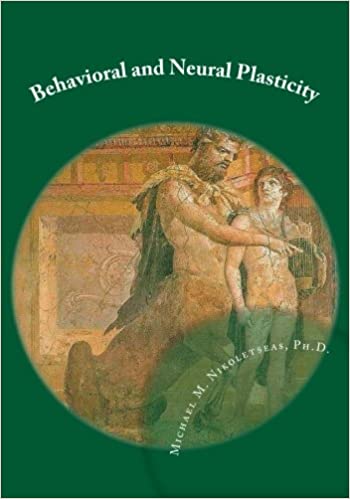You may have noticed that we‘ve been talking about “The Great Resignation”. Half of the workforce in the United States is looking for a new job. Despite the difficulties of the pandemic, most people are not giving up. Workers want a better work with a higher pay, more flexibility more purpose. They want more opportunities to grow. When they don’t get this, they may become disengaged at work.
“The Great Resignation” could be the reason why your high-performing employees could become disengaged at work.

S curve
To describe human growth, we use the so called S-curve. At the beginning of this curve, growth is slow. We learn our competencies gradually. Unfortunately, this means that people can get discouraged. So this process must be appropriately managed.
Once the competencies are increasingly acquired, we arrive at the “sweet spot” on the steep side of the S curve. In this phase, growth is rapid and engagement and productivity are high. The right management strategies can extend this phase.
At the top of this S, we obtain the “mastery phase”. This phase is crucial. Mastery is a plateau that can quickly become a precipice. The growth on the curve is exhausted and we get bored with what we are doing. This is when employees who are very, very good at what they do get the feeling that they can’t do it anymore. They need a new curve to climb.
Disengagement
Our enjoyment and engagement are driven by neuroscientific processes. Our brains are learning machines with a basic focus on growth. Mental effort translates into faster growth of the neural network. On top of that, when we exceed our expectations, high doses of dopamine are released.
In the “mastery phase,” actions happen automatically and competencies are high but the reward to our brains is low. We do not receive enough dopamine, as a result, we have less sense of commitment than we once had. The interest in what one is doing extinguishes. This results in stagnation, lower productivity and disengagement. It becomes difficult to force ourselves to do work that we can do easily and well.

In his book “Behavioral and Neural Plasticity”, Michael Nikoletseas describes habituation as being “the lowered response of an organism to a stimulus that it experiences repeatedly over an extended period of time.” We can apply this to humans as well. Our responses are diminished to familiar actions. We have only a reflexive response to this; we learn nothing new.
So this explains why the best performing employees are the ones most at risk of leaving and why the quality of their work is declining. They are in need of a new job. A well-informed leader needs to engage in open conversations with his employees early in this process to manage the situation well. The S curve can be a crucial tool to facilitate these conversations.
New learning curves
The 2019 study, The CEO Life Cycle, reveals the different phases of job performance. Ranging from the “honeymoon” to the “golden years.” Those who want to get into the “golden years” must intentionally and repeatedly reinvent themselves on new learning curves. Employees who were once valuable but have lost value can become valuable again. Sometimes all they need is a new learning curve to climb.
Source: Fastcompany
